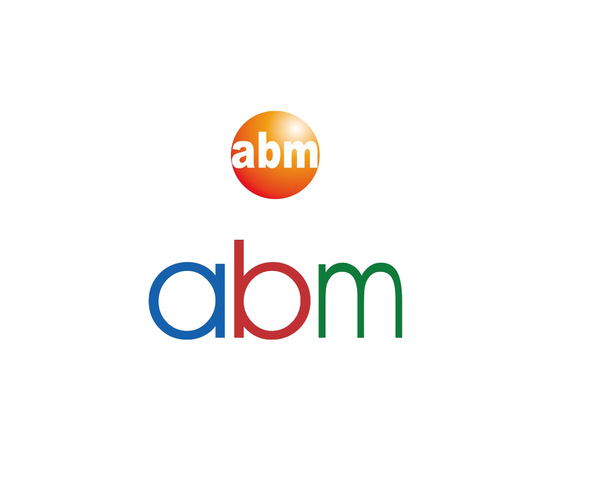- Home
- Antigens & Antibodies
- Crimean Congo Hemorrhagic Fever Virus antigens
- Crimean-Congo Hemorrhagic Fever Virus Gc Protein, Sheep Fc-Tag
Crimean-Congo Hemorrhagic Fever Virus Gc Protein, Sheep Fc-Tag
- SKU:
- LGC-REC31730
- UPC:
- MPN:
Select your currency from the header
Description
CCHF VIRUS GC PROTEIN
CCHF virus Gc with sheep Fc-tag (Gc, previously referred to as G1), manufactured by The Native Antigen Company to meet the increasing need for high quality reagents for research into diagnosis of CCHF, as well as vaccine development. We also produce a human Fc-tag version of this CCHF virus Gc protein here.
During Crimean Congo Hemarrhagic Fever virus (CCHFV) infection the virus encodes a polyprotein which undergoes a complex proteolytic cascade to generate a number of precursor proteins in addition to two mature structural glycoproteins, Gn and Gc (Erickson et al., 2007). The mature Gn (37-kDa) and Gc (75-kDa) proteins form the predominant structural glycoprotein components of the virus (Sanchez et al., 2002).
PRODUCT DETAILS – CCHF VIRUS GC PROTEIN
- Recombinant CCHFV major glycoprotein Gc (NCBI accession number NP_950235.1, amino acids 1041-1586).
- C-terminal transmembrane domain and intravirion protein tail replaced by a 15 amino acid glycine-serine linker and the sheep IgG Fc region.
- Produced in HEK293 cells, and purified from culture supernatant by Protein G affinity chromatography.
- Stored in PBS, pH7.4.
BACKGROUND
Crimean Congo hemorrhagic fever (CCHF) virus is a tick-borne enveloped single stranded RNA virus that belongs to the genus Nairovirus and a member of the Bunyaviridae family. CCHF virus causes a hemorrhagic disease in humans with up to 80% case fatality. Although the virus has only caused sporadic disease in the past, the expansion of the range of its vector, the Hyalomma tick, is causing increasing concern that case numbers will continue to rise (Dowall et al., 2017).
Since CCHF was first described in Crimea in 1944, sporadic outbreaks have occurred globally. In 2015, CCHFV was identified by the WHO as an emerging virus which is likely to cause a severe epidemic and which may present a public health emergency. Zoonotic transmission from host animals is the primary route of infection, with concerns this may increase in the next 10-20 years as the timing of religious festivals change. The virus may also be spread effectively by human to human contact, especially in hospital settings. There are also concerns that it may be used as a bioterrorism agent, with evidence that work on this was carried out both in the USSR and in Iraq.
REFERENCES
Related Products
Related Products

Crimean-Congo Hemorrhagic Fever Virus Gc Protein, Human Fc-Tag

Crimean-Congo Hemorrhagic Fever Virus Gn Protein, His-Tag

Crimean-Congo Hemorrhagic Fever Virus Nucleoprotein
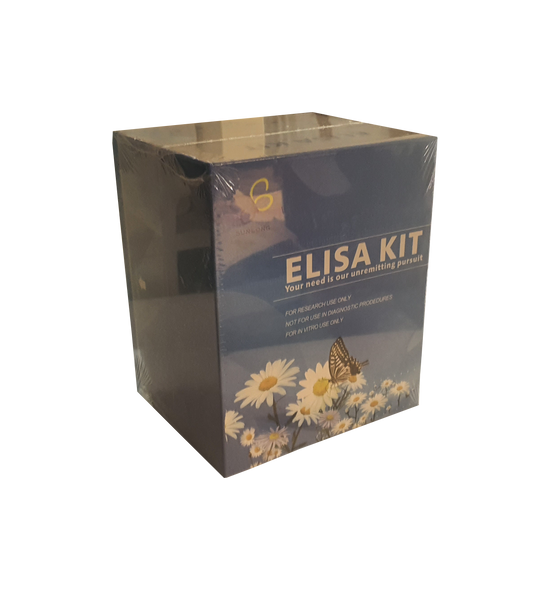

Sheep Crimean-Congo hemorrhagic fever virus antibody (CCHF-Ab) ELISA kit | SL00058Sp

Crimean Congo Hemorrhagic fever RT-PCR
Customers Also Viewed
Customers Also Viewed

AffiAB® Goat anti-DYKDDDDK Polyclonal IgG Antibody
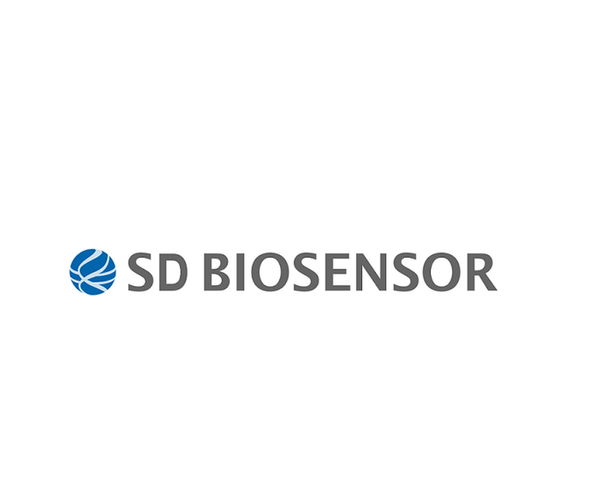
SD BIOSENSOR DenguIgG ELISA | 07DEN20

SD BIOSENSOR DenguIgM ELISA | 07DEN30

SD BIOSENSOR COVID-19 Ag Control Swab | 10COVC11

SD BIOSENSOR Yellow Fever IgM Test | 09YEL20D

TB Test Card | INV-312

H. pylori Ag Rapid Test External Control Kit CE | CTK-C0192
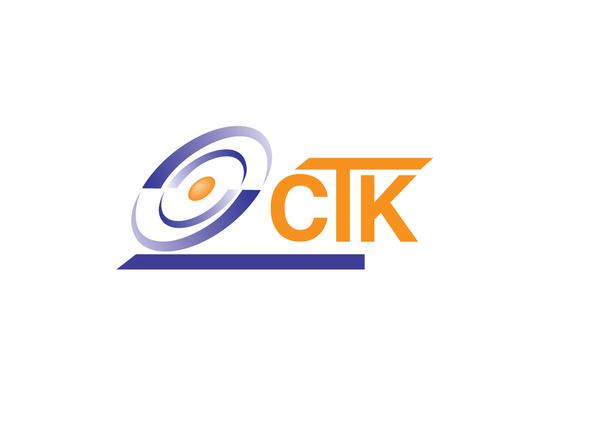
HEV IgM Rapid Test CE | CTK-R0095C

hCG Combo Rapid Test (Strip) CE | CTK-R1001S

Troponin | Combo Rapid Test CE | CTK-R3002C
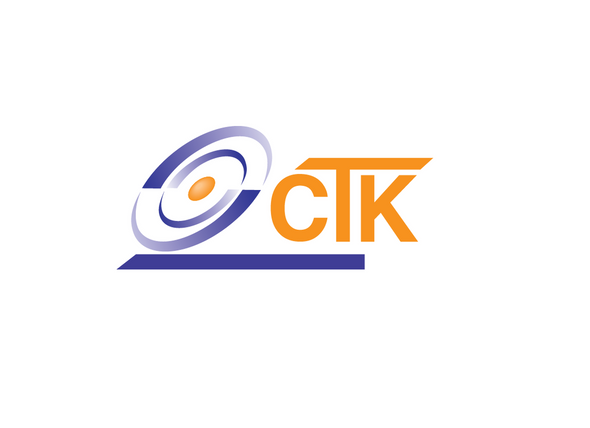
Syphilis Ab Combo Rapid Test CE | CTK-R0031C

Flariasis IGG/IGM combo test | Flari 494

Leishmania IGG/IGM combo test | Lesm493

abm | Vero C1008 Cell Line, Clone E6 | T8300
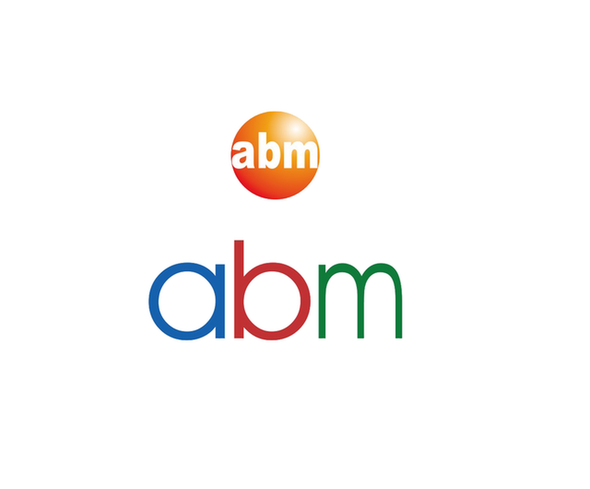
abm | Vero Cell Line | T8299

abm | Vero Cell Line (Animal Component Free) | T8298
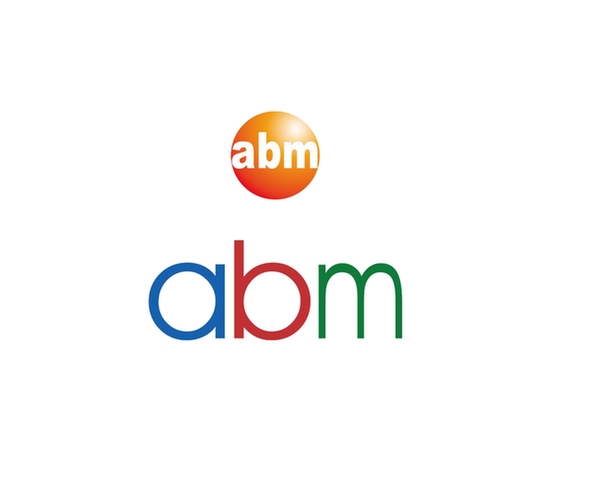
abm | STAT1 Stable Knockout Vero Cell Line | T6794
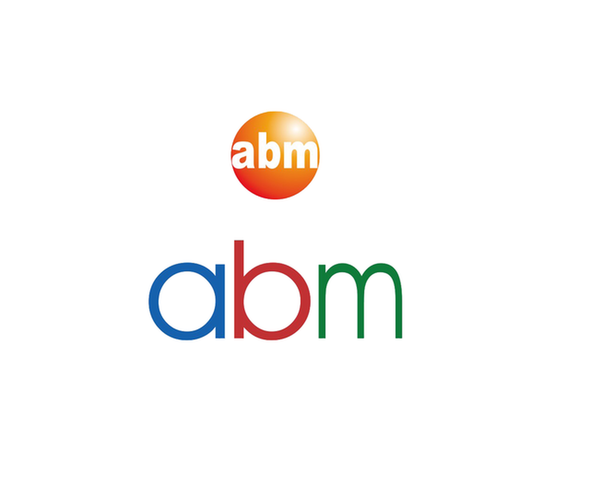
abm | Vero Cell lysate | L204
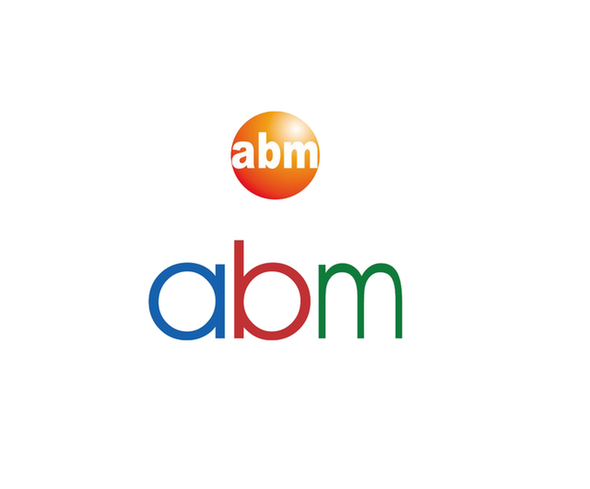
abm | CHO lysate Cell Lysate | L099
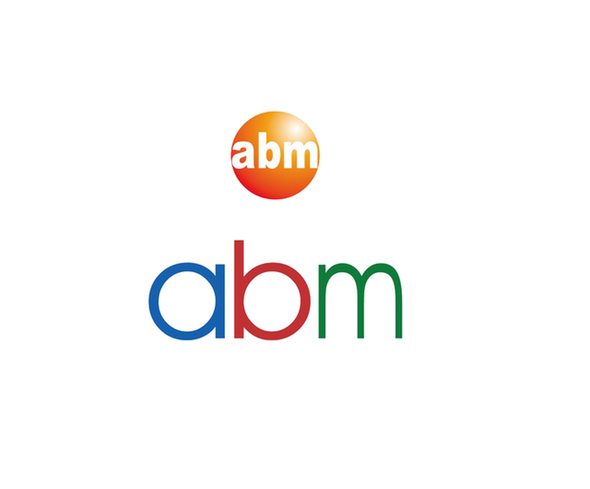
abm | Hey Cell Lysate | L086
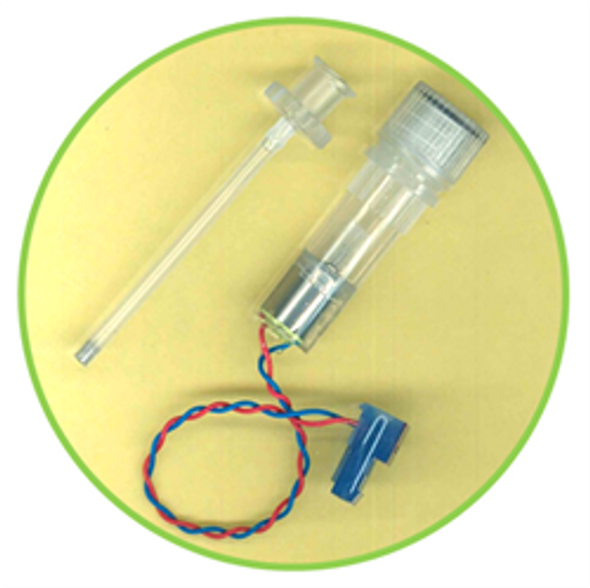
OmniLyse® X-mini Cell & Tissue Lysis Device - 48 Preps (no lysing beads)
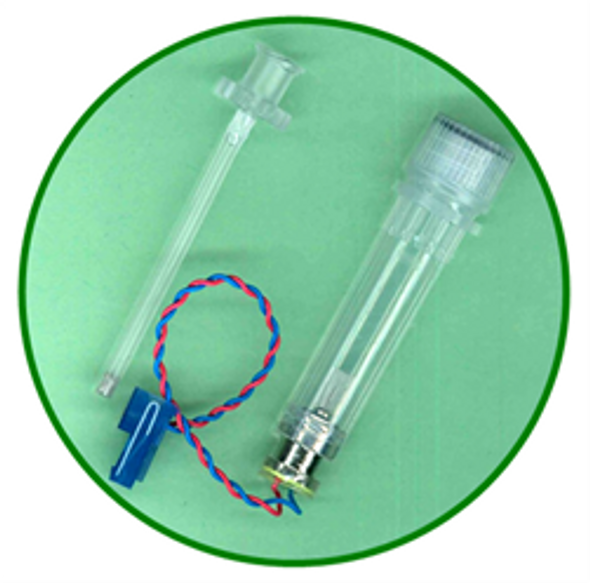

OmniLyse® X Cell & Tissue Lysis Device - 48 Preps

Blocking One Histo

PPARG2 (C34G) SNP-Screen | T01359
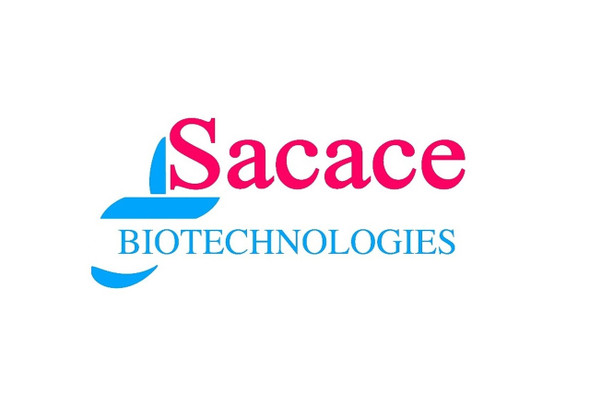
FABP2 (A163G) SNP-Screen | T01361

Leishmania spp. RT-PCR | N3-FRT
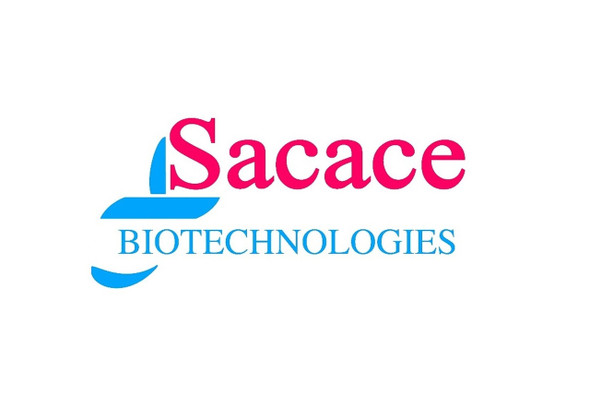
Leptospira 16s RNA RT-PCR (CE) | B49-FRT

Shigella/Salmonella/Campylobacter RT-PCR (CE) | B44-FRT

Shigella spp & EIEC RT-PCR (CE) | B12-FRT

Mycoplasma genitalium RT-PCR Quant (CE) | B4-FRT Q
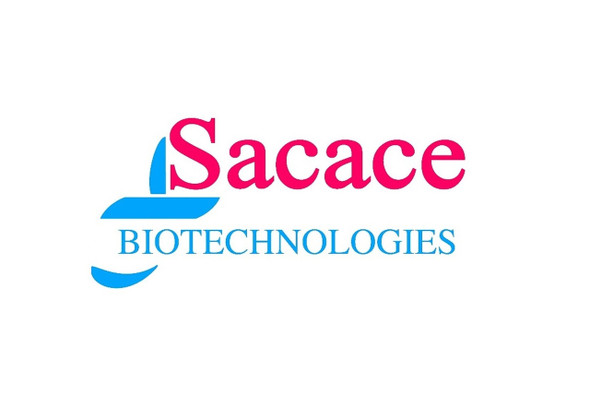
Parvovirus B19 RT-PCR Quant (CE) | V49-FRT
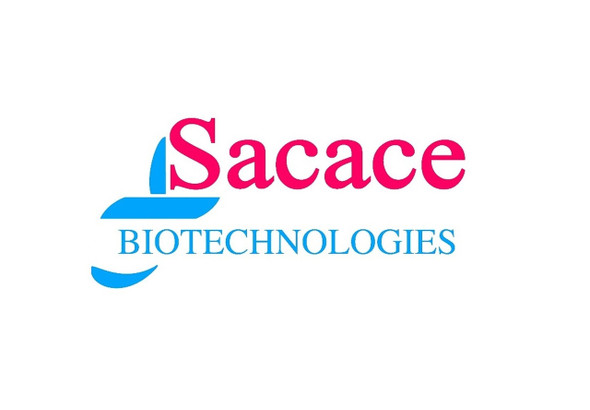
Toxoplasma gondii RT-PCR | TP1-50FRT
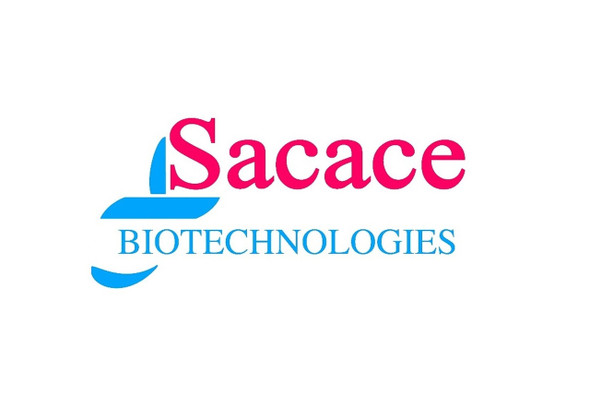
Toxoplasma gondii RT-PCR (CE) | P1-50FRT

Mycoplasma pneumoniae / Chlamydophila pneumoniae RT-PCR (CE) | B42-4-FRT

Mbcr-abl FRT RT-PCR (CE) | R-O1

VZV RT-PCR (CE) | V61-50FRT

T. vaginalis/N.gonorrhoeae RT-PCR (CE) | B65-100FRT

N.gonor./?.trachomatis/T.vaginalis/M.genitalium RT-PCR (CE) | B61-100FRT

Trichomonas vaginalis RT-PCR (CE) | B6-100FRT

LIPC (-250 G>A) SNP-Screen | T01161
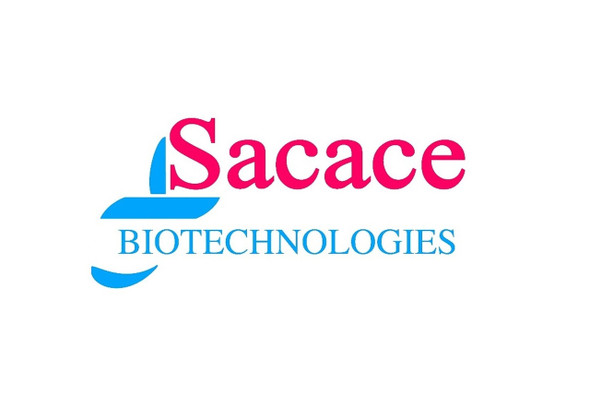
IL17A (G-197A) SNP-Screen | T01171

TNF (G-308A) SNP-Screen | T01177

ACE Alu Ins/Del SNP-Screen | T01272

NOS3 (C786T) SNP-Screen | T01182

IL28B (T>G) SNP-Screen | T01349
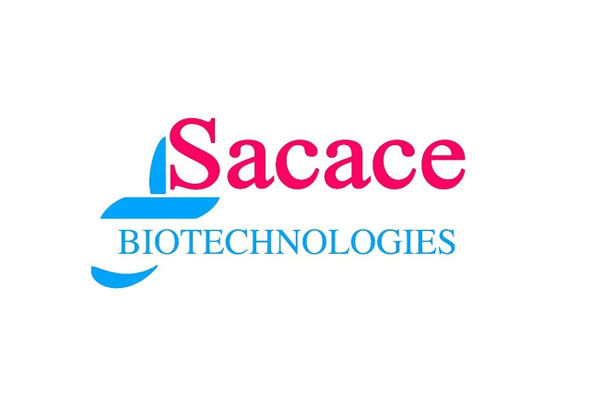
FGB (G-455A) SNP-Screen | T01107

MTR (A2756G) SNP-Screen | T01143

MTRR (A 66 G) SNP-Screen | T01124

FVII (G1238A) SNP-Screen | T01105
